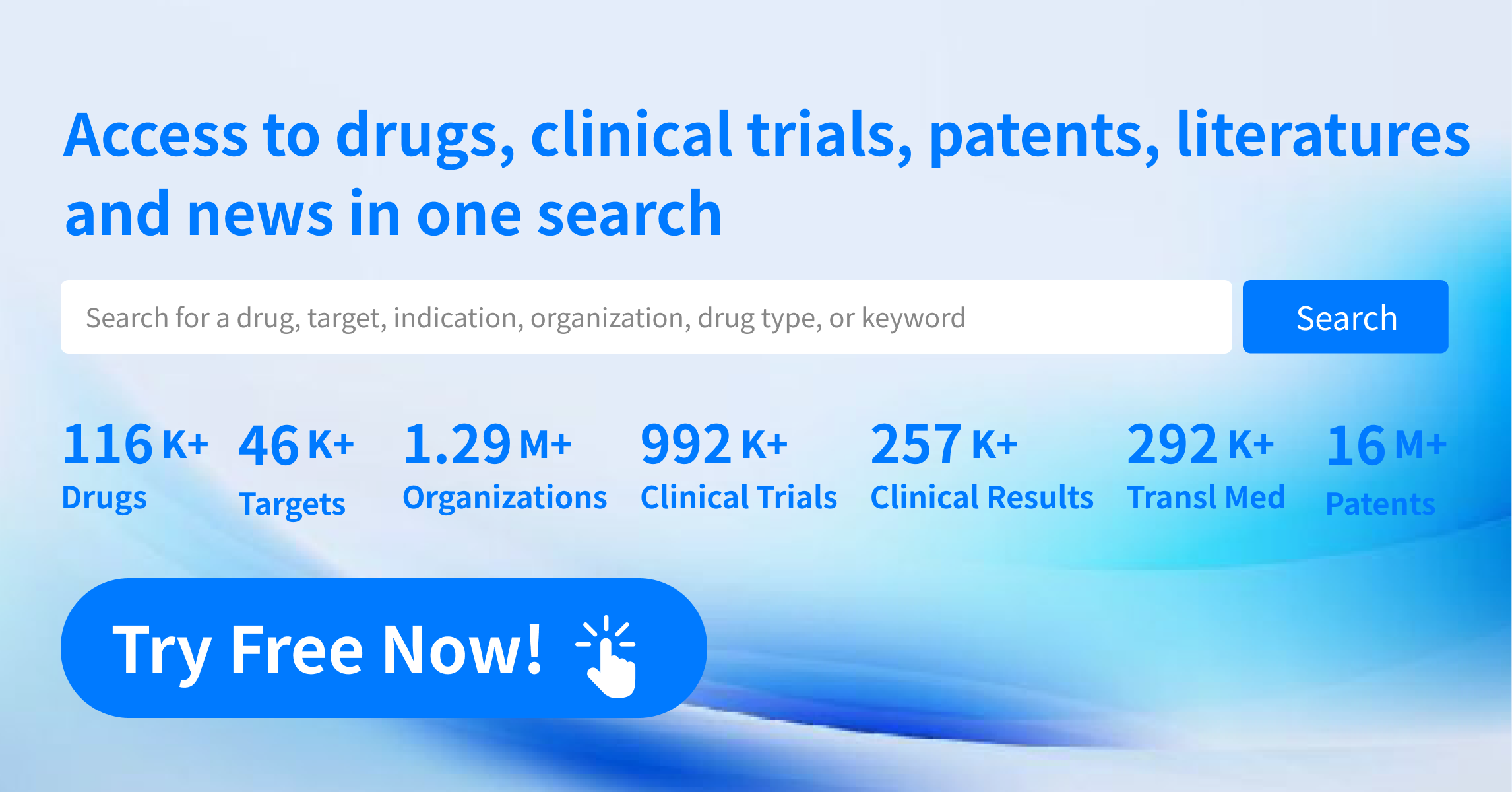Request Demo
ADSTILADRIN® Phase 3 Five-Year Outcomes: Enduring Safety and Bladder Preservation in BCG-Refractory NMIBC
3 June 2024
The Phase 3 clinical trial of ADSTILADRIN® (nadofaragene firadenovec-vncg) has reported its final 60-month follow-up data, highlighting the therapy's enduring efficacy and safety profile for treating high-risk non-muscle invasive bladder cancer (NMIBC) that is unresponsive to Bacillus Calmette-Guérin (BCG) treatment. The study, presented at the American Urological Association's 2024 Annual Meeting, revealed an 80% overall survival rate and a significant cystectomy-free survival rate of 49% at the 60-month mark. This represents the most extended follow-up data for a novel agent addressing BCG-unresponsive NMIBC and has been published in The Journal of Urology®.
ADSTILADRIN, approved by the U.S. Food and Drug Administration (FDA), is a groundbreaking intravesical non-replicating adenoviral vector-based gene therapy. It functions by introducing the human interferon-alfa 2b gene (IFNα2b) into the bladder, prompting the secretion of interferon alfa-2b protein every three months with a single treatment. This innovative approach converts bladder wall cells into local producers of interferon, enhancing the body's natural defenses against cancer.
The Phase 3 study included two patient cohorts: one with carcinoma in situ (CIS) along with or without papillary tumors (Ta/T1), and another with high-grade Ta/T1 without CIS. Both groups received ADSTILADRIN treatment quarterly for up to 12 months or until they encountered unacceptable toxicity or experienced a recurrence of high-grade NMIBC. The study protocol did not allow for retreatment after a single dose if a complete response was not achieved at three months.
At the 12-month post-treatment mark, patients underwent a bladder biopsy of five different sites. Those showing no signs of high-grade recurrence continued to receive ADSTILADRIN quarterly, entering a further four-year treatment and monitoring phase. The study demonstrated that ADSTILADRIN is well-tolerated, with the majority of treatment-emergent adverse events being transient and mild, and no new safety concerns were raised during the extended follow-up period.
The 60-month overall survival rate was 76.3% for the CIS cohort and 85.9% for the papillary disease cohort. The cystectomy-free survival rate was 43.2% for the CIS group and 58.7% for the papillary disease group. Importantly, clinical progression to muscle invasion, a severe complication, was observed in only 3.3% of patients over the five-year period.
These findings underscore ADSTILADRIN's potential to preserve bladder function in nearly half of the patients with CIS and in two-thirds of those with high-grade Ta/T1 papillary disease, after five years. This is a significant advancement in the treatment of BCG-unresponsive NMIBC, offering patients an alternative to more radical treatments such as cystectomy. The long-term data further validate the role of gene therapy in managing this type of bladder cancer and provide hope for improved patient outcomes.
ADSTILADRIN, approved by the U.S. Food and Drug Administration (FDA), is a groundbreaking intravesical non-replicating adenoviral vector-based gene therapy. It functions by introducing the human interferon-alfa 2b gene (IFNα2b) into the bladder, prompting the secretion of interferon alfa-2b protein every three months with a single treatment. This innovative approach converts bladder wall cells into local producers of interferon, enhancing the body's natural defenses against cancer.
The Phase 3 study included two patient cohorts: one with carcinoma in situ (CIS) along with or without papillary tumors (Ta/T1), and another with high-grade Ta/T1 without CIS. Both groups received ADSTILADRIN treatment quarterly for up to 12 months or until they encountered unacceptable toxicity or experienced a recurrence of high-grade NMIBC. The study protocol did not allow for retreatment after a single dose if a complete response was not achieved at three months.
At the 12-month post-treatment mark, patients underwent a bladder biopsy of five different sites. Those showing no signs of high-grade recurrence continued to receive ADSTILADRIN quarterly, entering a further four-year treatment and monitoring phase. The study demonstrated that ADSTILADRIN is well-tolerated, with the majority of treatment-emergent adverse events being transient and mild, and no new safety concerns were raised during the extended follow-up period.
The 60-month overall survival rate was 76.3% for the CIS cohort and 85.9% for the papillary disease cohort. The cystectomy-free survival rate was 43.2% for the CIS group and 58.7% for the papillary disease group. Importantly, clinical progression to muscle invasion, a severe complication, was observed in only 3.3% of patients over the five-year period.
These findings underscore ADSTILADRIN's potential to preserve bladder function in nearly half of the patients with CIS and in two-thirds of those with high-grade Ta/T1 papillary disease, after five years. This is a significant advancement in the treatment of BCG-unresponsive NMIBC, offering patients an alternative to more radical treatments such as cystectomy. The long-term data further validate the role of gene therapy in managing this type of bladder cancer and provide hope for improved patient outcomes.
How to obtain the latest research advancements in the field of biopharmaceuticals?
In the Synapse database, you can keep abreast of the latest research and development advances in drugs, targets, indications, organizations, etc., anywhere and anytime, on a daily or weekly basis. Click on the image below to embark on a brand new journey of drug discovery!
AI Agents Built for Biopharma Breakthroughs
Accelerate discovery. Empower decisions. Transform outcomes.
Get started for free today!
Accelerate Strategic R&D decision making with Synapse, PatSnap’s AI-powered Connected Innovation Intelligence Platform Built for Life Sciences Professionals.
Start your data trial now!
Synapse data is also accessible to external entities via APIs or data packages. Empower better decisions with the latest in pharmaceutical intelligence.
